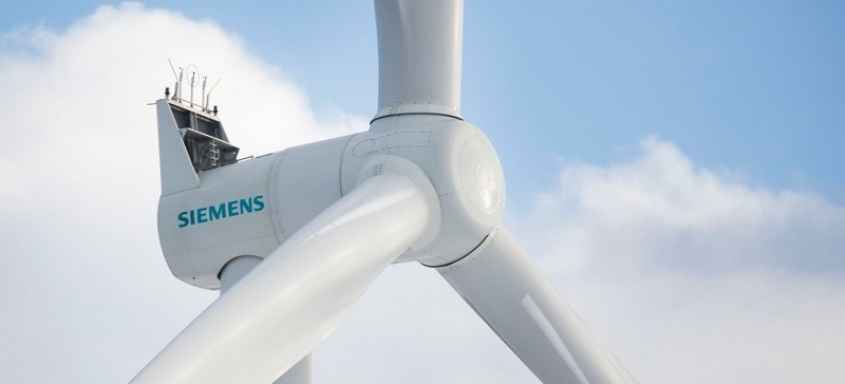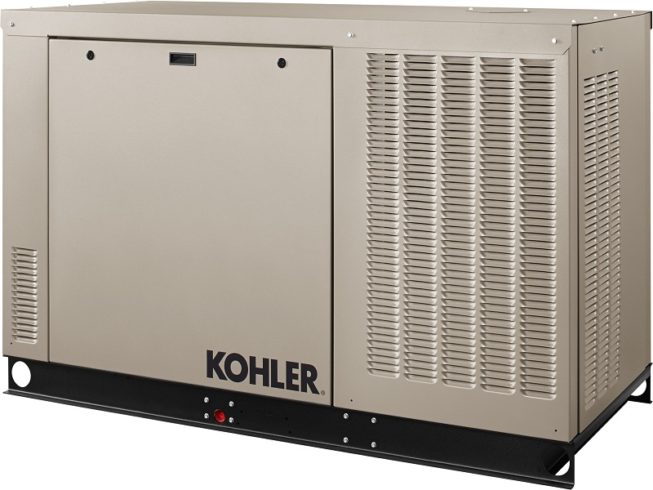The new Siemens SWT-3.15-142 wind turbine for low wind conditions features two premieres at the same time: For the first time, all advantages of the Siemens direct drive technology are available in a dedicated IEC Class IIIA wind turbine.
Another innovation is the 69 meter rotor blade based on hybrid-carbon technology by LM Wind Power. With a rotor-diameter of 142 meters and tower configurations that allow hub heights up to 165 meters, new standards for annual energy yields are set: Even at average wind speeds of only six meters per second, the machine harvests ten gigawatt hours of energy per year.
Even at average wind speeds of only six meters per second, the new SWT-3.15-142 harvests an energy yield of ten gigawatt hours per year.
Serial production for the new low wind unit with the 3.15 megawatt (MW) capacity is already planned for the end of 2017. The short development time is thereby also a result of the cooperation with LM Wind Power. Aeroelastic design and shaping were performed in a joint project including Siemens and LM Wind Power experts. The result was a carbon-reinforced rotor blade for the large low wind rotor weighing only 95 metric tons. For other wind classes and rotors, Siemens remains commited to its IntegralBlade technology, where blades are cast in one piece. The new hybrid-carbon blade incorporates LM’s proven insulated lightning protection system at all critical areas. The SWT-3.15-142 is designed to optimize energy production at low wind. DinoTails Next generation ensure noise levels at 104.9 dB (A).
“Our SWT-3.15-142 wind turbine extends our onshore product portfolio as a powerful low wind machine that sets the standard for its class,” said Thomas Richterich, CEO Onshore at the Siemens Wind Power and Renewables Division. “Together with a blade supplier, we broke new ground with the rotor. Hybrid-carbon is a proven technology that offers weight advantages particularly for low wind application.”
In 2014, Siemens introduced the second generation of its direct drive onshore product platform that will covers all wind classes: The three new models for low and medium wind (IEC classes II and III) share the same nacelle design. This modular design concept across different wind classes was achieved only with direct drive technology together with the Siemens Integrated Control System (SICS). The low wind model SWT-3.15-142 uses same technology for its major components like generator, cooling-system, nacelle, and electrical systems. Operators of the new turbine can thus rely on proven direct drive technology, benefit from an enhanced LCoE, and a shorter time-to-market.
For further information on Division Wind Power and Renewables, please see www.siemens.com/wind
For further information on Siemens atWindEnergy Hamburg, please see www.siemens.com/weh
Siemens AG (Berlin and Munich) is a global technology powerhouse that has stood for engineering excellence, innovation, quality, reliability and internationality for more than 165 years. The company is active in more than 200 countries, focusing on the areas of electrification, automation and digitalization. One of the world’s largest producers of energy-efficient, resource-saving technologies, Siemens is No. 1 in offshore wind turbine construction, a leading supplier of gas and steam turbines for power generation, a major provider of power transmission solutions and a pioneer in infrastructure solutions as well as automation, drive and software solutions for industry. The company is also a leading provider of medical imaging equipment – such as computed tomography and magnetic resonance imaging systems – and a leader in laboratory diagnostics as well as clinical IT. In fiscal 2015, which ended on September 30, 2015, Siemens generated revenue of €75.6 billion and net income of €7.4 billion. At the end of September 2015, the company had around 348,000 employees worldwide. Further information is available on the Internet at www.siemens.com



































